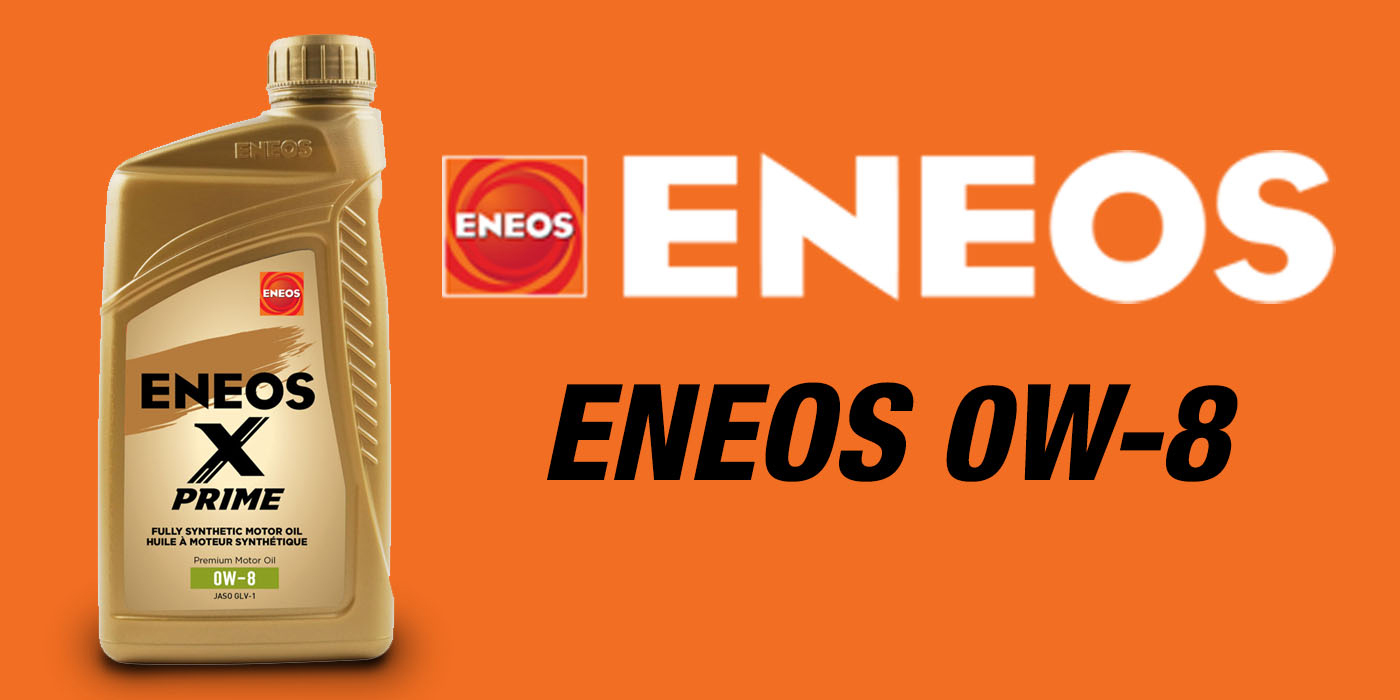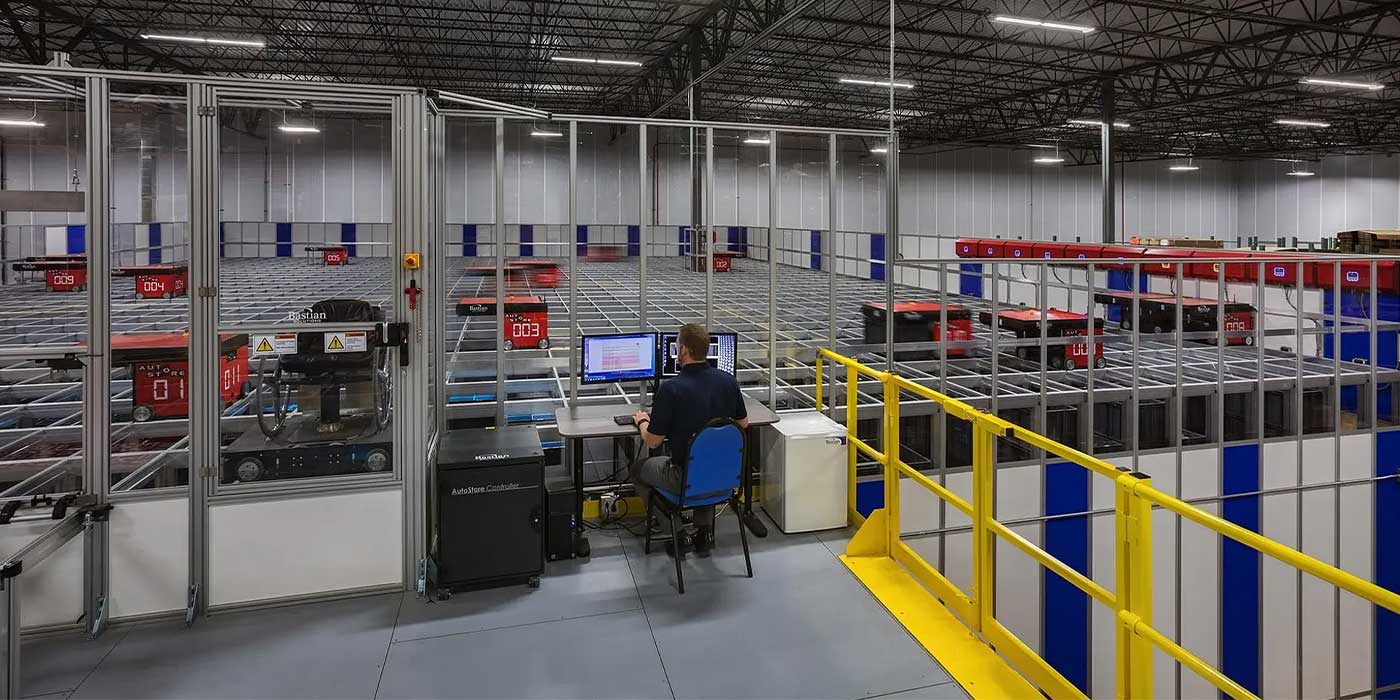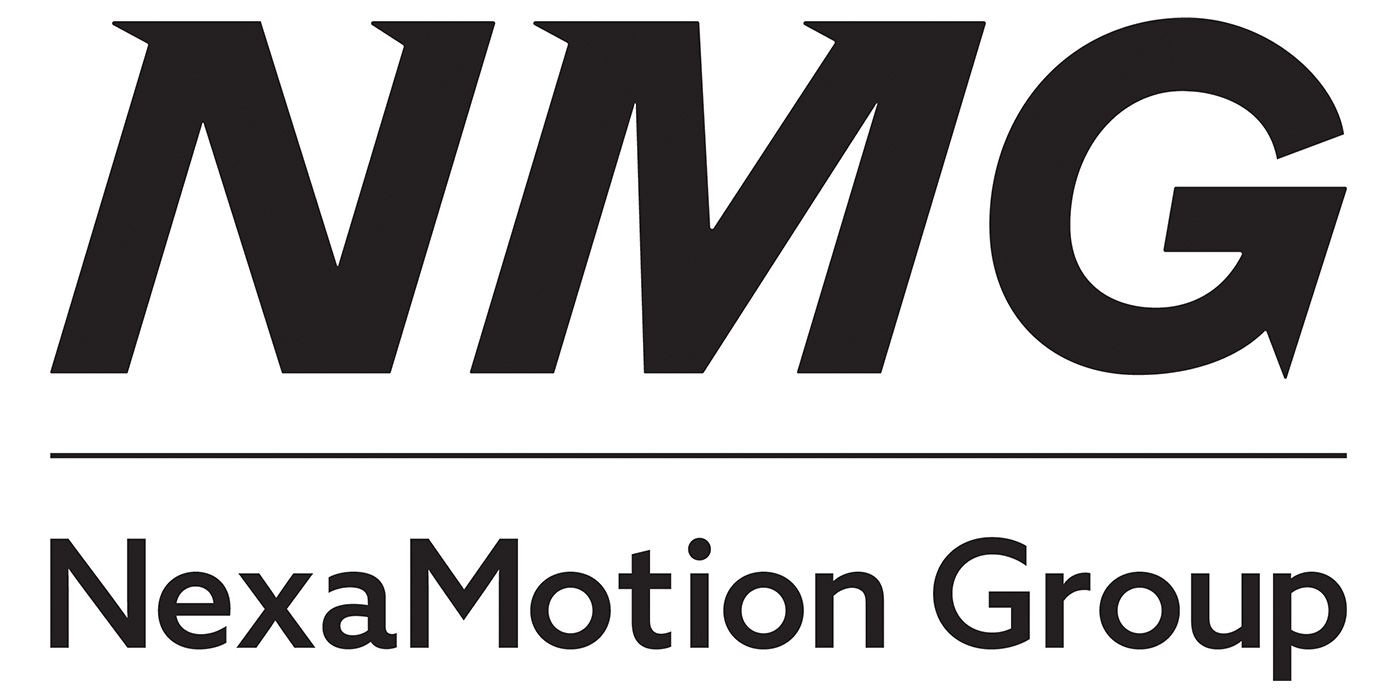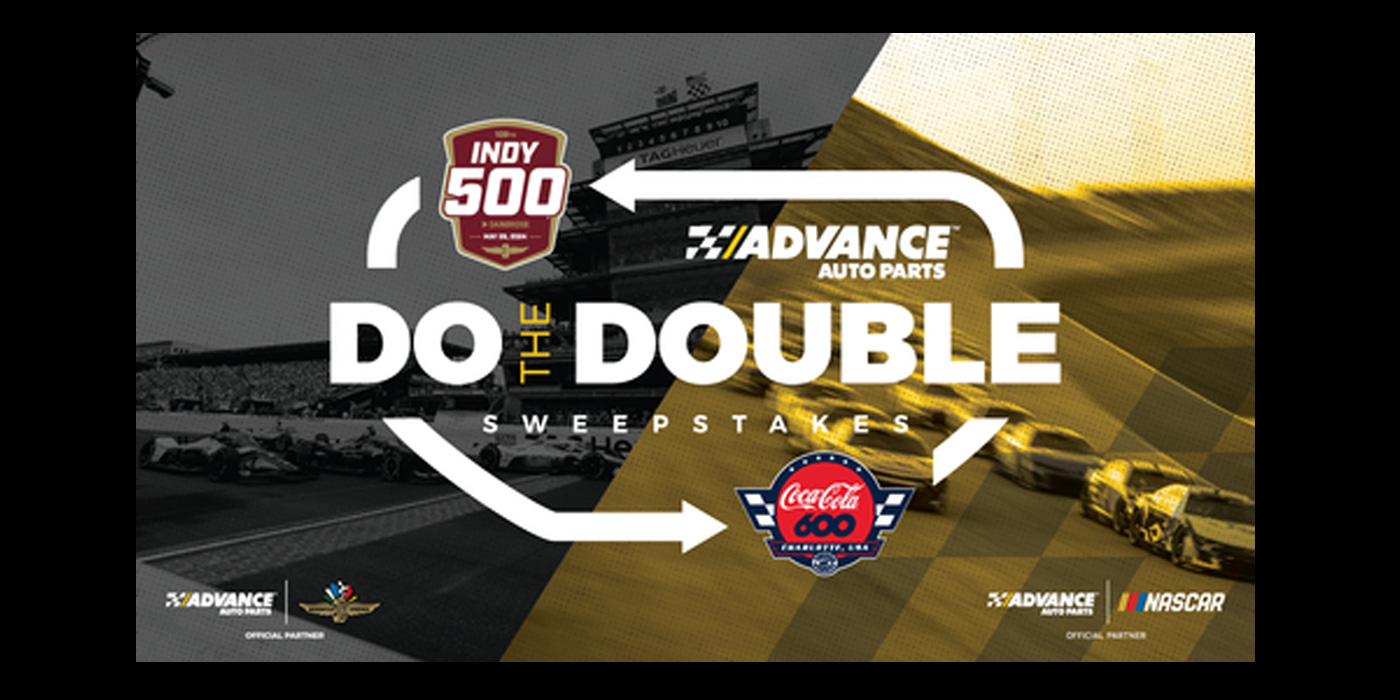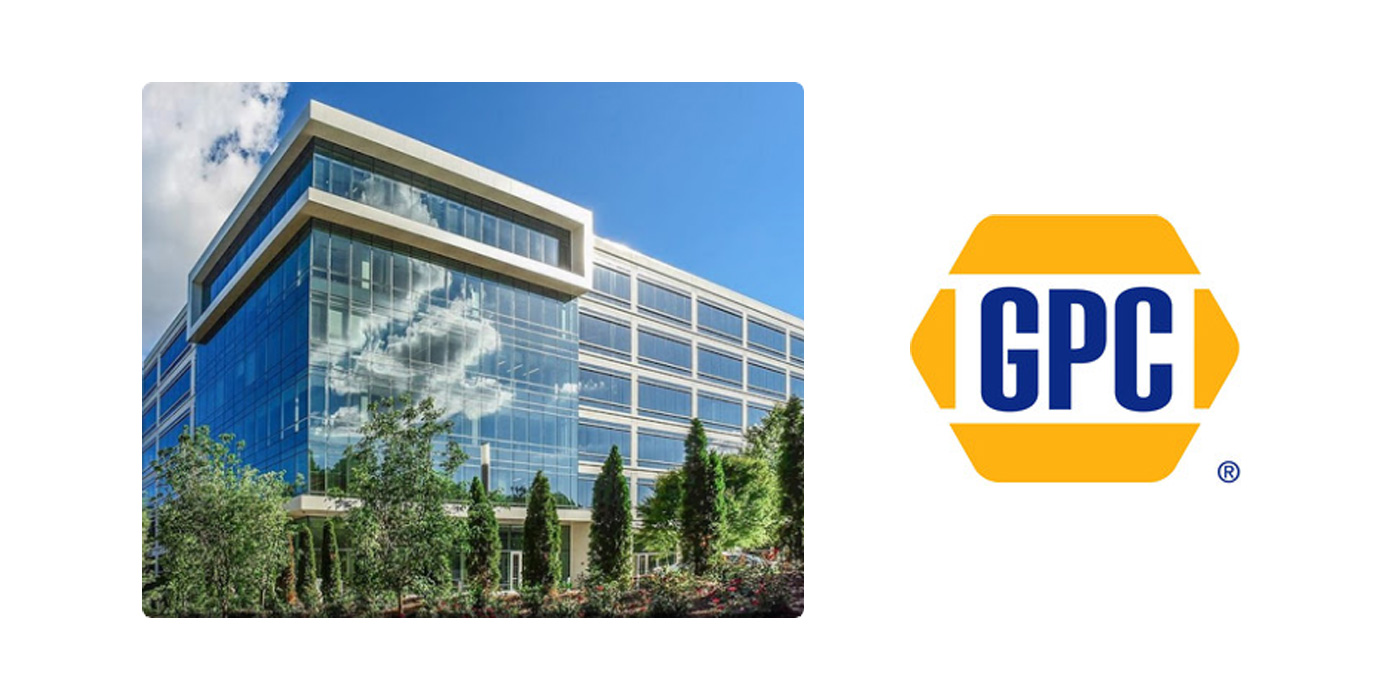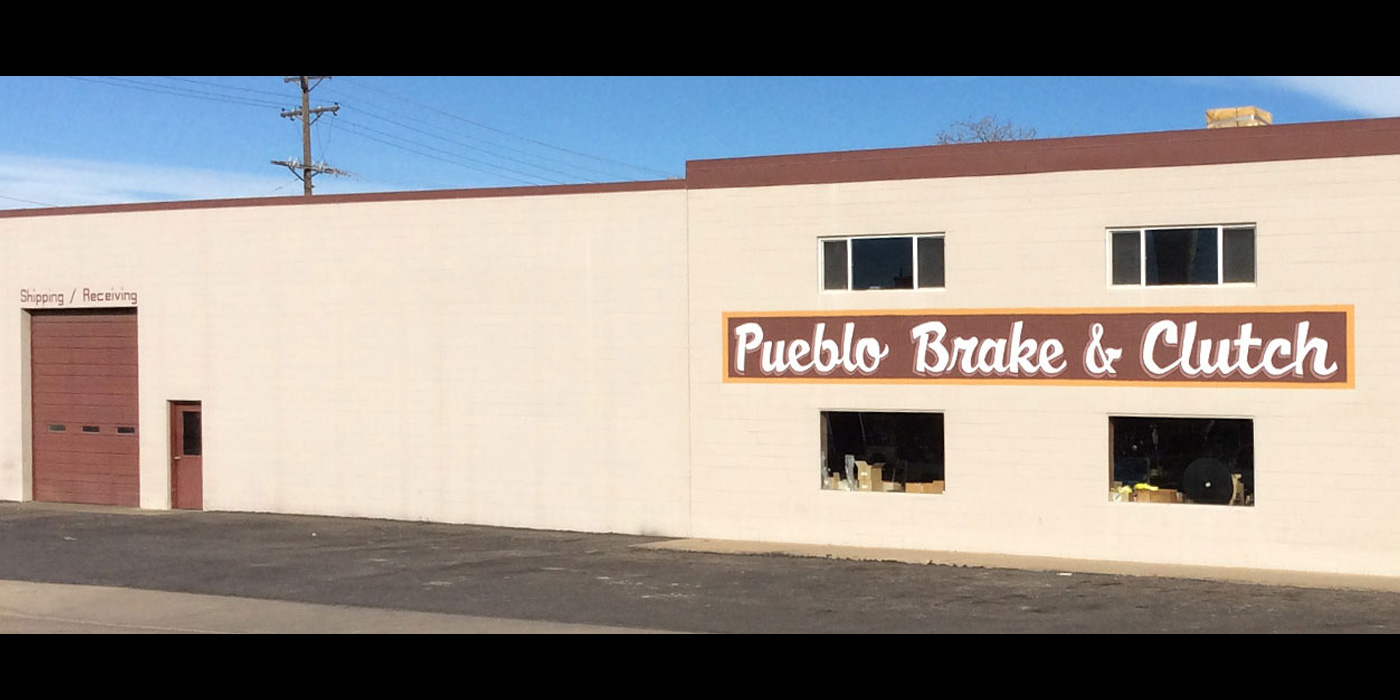As an industry, the aftermarket is unique and fortunate to have a robust, well-documented set of industry-specific data standards. If you’ve been in the automotive aftermarket since breakfast, you know there are data requirements about the products you sell and the vehicles they fit that are different from anything you’ve seen in any other hard goods industry. Year, Make, Model, Aspiration of the Engine or the Bed Length of your pick-up truck are all critical data to selecting the correct automotive replacement part of one type or another.
You can imagine that without standardized reference data and widely agreed-upon data formats, there would be chaos, and little use of digital automation to exchange updates in catalog fitment files. Yet, that was the case in the aftermarket until late in the 20th Century. ACES© (the Aftermarket Catalog Exchange Standard) is over 25 years old and continues to evolve and expand in response to the growing industry requirements.
ACES© is completely unique in the world of technical standards. It is not derived or maintained by any private commercial entity such as Red Hat or Microsoft. And it is not governed by a pseudo-government body such as the International Standards Organization (ISO) or the United Nations. The technical design, the supporting reference data, the administration, governance, and worldwide marketing of ACES© is all conducted under the watchful eye of the Auto Care Association and the Technology Standards Committee.
Over the years, hundreds of volunteers have served on the committee and contributed their expertise to what is ACES© today. Nothing about developing a standard was easy. Each company represented around the table would like for the final solution to reflect their business choices and minimize the disruption to their legacy technology. Like any industry standard, ACES© is “the best bad idea” that all the participants could swallow at the time. If the solution is slightly disagreeable to everyone, it’s probably the right thing to do.
In recent years, the Auto Care Association has invested tremendous resources in taking ACES© beyond its original scope and function. Because trading partner relationships are international, ACES© added vehicle reference data for Canada, Mexico, Brazil, and many other countries in Latin America. Because component manufacturers don’t limit their product assortments to light-duty vehicles only, medium- and heavy-duty vehicles, off-road, farm and agriculture, lawn and garden and many types of powersports vehicle were added. The charge was, “if a spark plug or diesel fuel injector fit it … there need to be ACES© vehicle codes to describe the application.” Recognizing that the needs of HD trucks are unique and important to the fleets and businesses that operate them, a major effort was undertaken to incorporate the needs of the Heavy-Duty segment of the aftermarket in the standards.
However, there are challenges and issues with the current industry data standards that the Tech Standards Committee is actively addressing under the volunteer leadership of Marc Pappas, CIO of Federated Auto Parts, and Luke Smith, IT Director at AutoPartSource. Briefly, these top-three challenges are data quality and accuracy, data latency or timeliness, and adoption (always more).

Accuracy and consistency in catalog data files are essential to providing a good customer experience and maximizing sales. Many brands regard their content as a competitive advantage and an opportunity to differentiate their products. But Eric Lough, VP of Customer Connectivity at All Star Auto Parts, says, “Accurate ACES© files are table stakes and the minimum requirement for a brand. There are plenty of opportunities to express your unique value proposition in product-specific attributes and description fields.”
Auto Care has recently added a Catalog Data Assessment tool to the VIP portal. This offers any registered user a way to validate the format of their ACES© data files and ensure there are no illogical records that overlap or duplicate another. With the help of the Auto Care Catalog Assessment tool, it is simple to send your trading partners the best representation of your brand the first time. All the ACES© rules and Best Practices are available online. It is an open-book exam that every user should “Ace” (see what I did there). ACES© training documentation is available at academy.autocare.org and in-person classes are offered through the University of the Aftermarket.
Latency of catalog data refers to the time (and lost sales) between when a new product is engineered, manufactured, and first added to a catalog application file, and when resellers, websites and electronic catalog providers are able to process sales for the part. It is common for the delay between a new vehicle addition to the standard and when it can be sold to be 3-4 months or more.
The current method of updating the vehicle reference tables is by way of a complete refresh where 98% of the records are unchanged from the previous version. A similar practice is followed when the complete catalog file is distributed by brands to trading partners. Exchanging “Net Change” files did not catch on previously because the technology to accurately manage changes was not widespread. But, the Sandpiper project, announced last year, holds the promise of making new data available through a web service in near real-time. If Auto Care makes new vehicle data available to users through an online service, catalog updates can be managed in much smaller parcels and distributed through the chain faster. The potential to make additional sales and reduce unproductive inventory is measured in the billions of dollars industrywide.
The third major challenge is as old as the standards. Adoption of a new method to share data requires the confidence and vision to recognize the benefits and manage the challenges. A major program group told me that their rubber products supplier had yet to send any belt or hose applications for any non-automotive vehicles or equipment – even though the vehicles have been in the ACES© tables for two years. For years, major retailers and eCat providers said, we’ll never get rid of paper catalogs and fitment guides until ALL the applications are in the ACES© tables. With contributions by Power Systems Research, Experian and others, the Off Highway and Equipment tables are largely complete. The common reason given for why a vendor doesn’t send the catalog data now is that legacy data needs to be converted and resources need to be diverted from other projects.
It occurs to me that the first brand to make Off Highway and Equipment an ACES© priority will own the market segment. Retailers and other customers want to use their integrated electronic catalog for all the parts available from their suppliers – not just light-duty cars and trucks. Waiting “for the standards to be finished” is not a strategy for success. Competitors looking for an opportunity to grab marketshare would be wise to look at all the products in their Distribution Center and ask, “what more could we sell if these were included in our ACES© files”?
To remain relevant and valuable, the industry standards will continue to evolve and grow. They will never be finished. Since adoption is a multi-year proposition, time is of the essence and further delay is costly.


